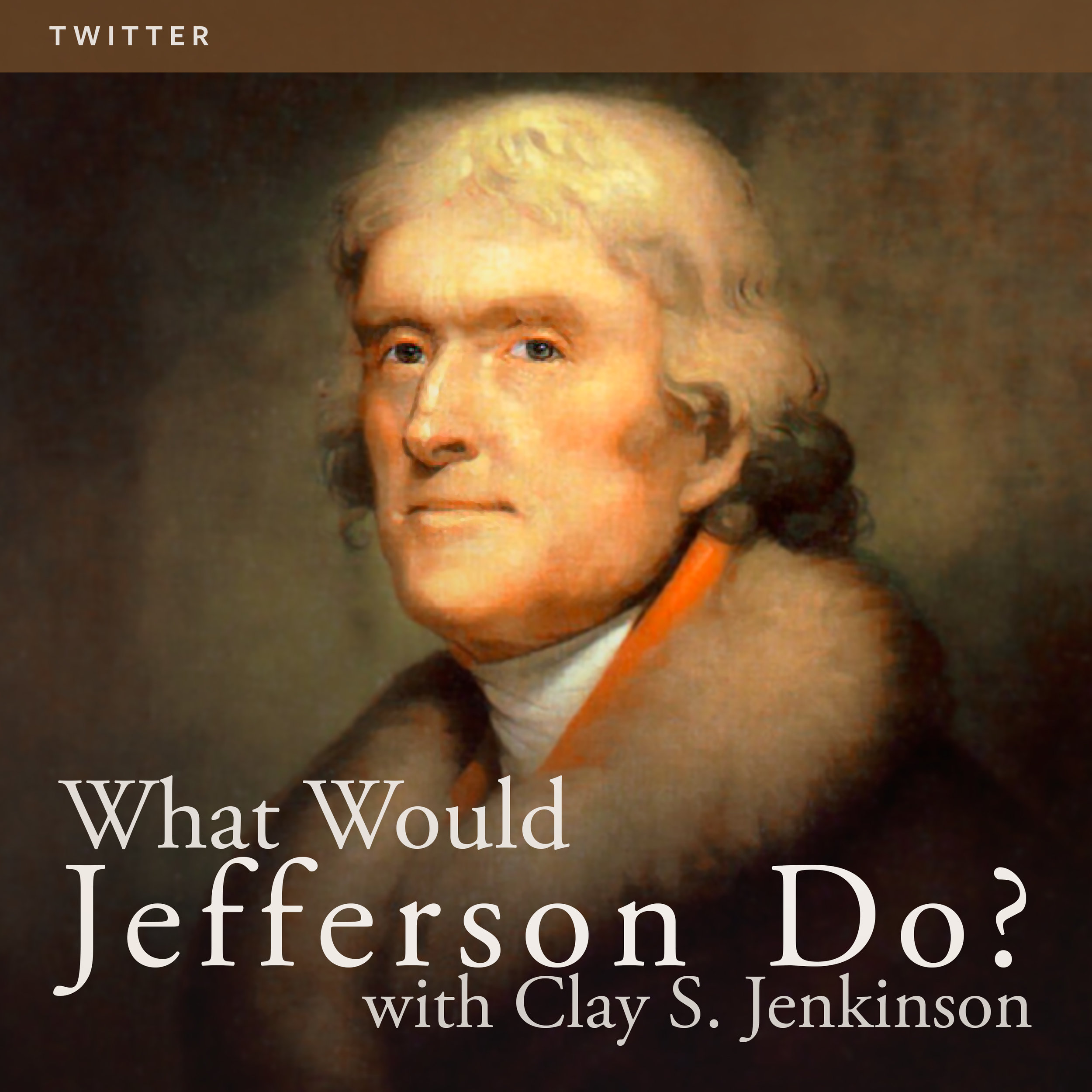“Every letter has a basis and a purpose … I spent an enormous amount of time thinking about the recipient.”
We speak this week with President Jefferson about the art of letter writing. Prompted by a letter from a listener, Jefferson shares his insights on the process. The exact number of letters Jefferson wrote is not known, but it is safe to say he wrote in excess of 20,000.
This week's episode was inspired by a letter from Cameron Shorkey
Further Reading
- Monticello: Thomas Jefferson's Polygraph
- Founders Online: From Thomas Jefferson to Martha Jefferson, 11 December 1783
An Infinite Capacity for Taking Pains
The Jefferson Watch
Jefferson’s letters are essentially works of art. If genius is “an infinite capacity for taking pains,” Jefferson was a genius, because he approached letter writing with the same commitment to excellence and mastery of detail as he did architecture, library science, paleontology, brick-making, and everything else in his long and amazing life. It would be impossible to imagine Jefferson with messy handwriting. It would literally be out of character for him. His letters are a window on his soul, and his soul was orderly.
Read this week's Jefferson Watch essay, "An Infinite Capacity for Taking Pains."
What Would Jefferson Do?
“It’s hard to believe that a great nation can go about its important public business on 280 characters.”
Tune in to your local public radio or join the 1776 Club to hear this episode of What Would Thomas Jefferson Do?



We speak with President Jefferson about his "Circular to the Heads of Departments," a memo he wrote dated November 6, 1801 which provides insight into Jefferson's governing style. He refers to his cabinet as one of the most harmonious in history, and he closes his letter by writing, "If I had the Universe to choose from, I could not change one of my associates to my better satisfaction."
This week we present the third of four conversations between the author and historian Joseph J. Ellis and The Thomas Jefferson Hour creator Clay S. Jenkinson about the letters exchanged between Thomas Jefferson and John Adams from 1812 until the death of both men on July 4, 1826. In this third episode Ellis says that during this age, “letter writing was an art and these are two of the best letter writers in in late eighteenth century America. I don’t know that anybody is better. Franklin is pretty good, but Madison’s letters read like the footnotes of an insurance policy.”
We present the second of four conversations between the author and historian Joseph J. Ellis and The Thomas Jefferson Hour creator Clay S. Jenkinson about the letters exchanged between Thomas Jefferson and John Adams from 1812 until the death of both men on July 4, 1826. In this second episode, they discuss some of what the letters reveal about both men including their thoughts on slavery in America. As Joseph Ellis says in the program, “Jefferson is the most resonant figure in American history because he straddles the greatest insights and the worst instincts.”
We present the first of four conversations between the author and historian Joseph J. Ellis and The Thomas Jefferson Hour creator Clay S. Jenkinson about the letters exchanged between Thomas Jefferson and John Adams from 1812 until the death of both men on July 4, 1826. In this first episode, we discuss how the correspondence began. As John Adams wrote to Jefferson on July 15, 1813, “You and I, ought not to die, before we have explained ourselves to each other.”